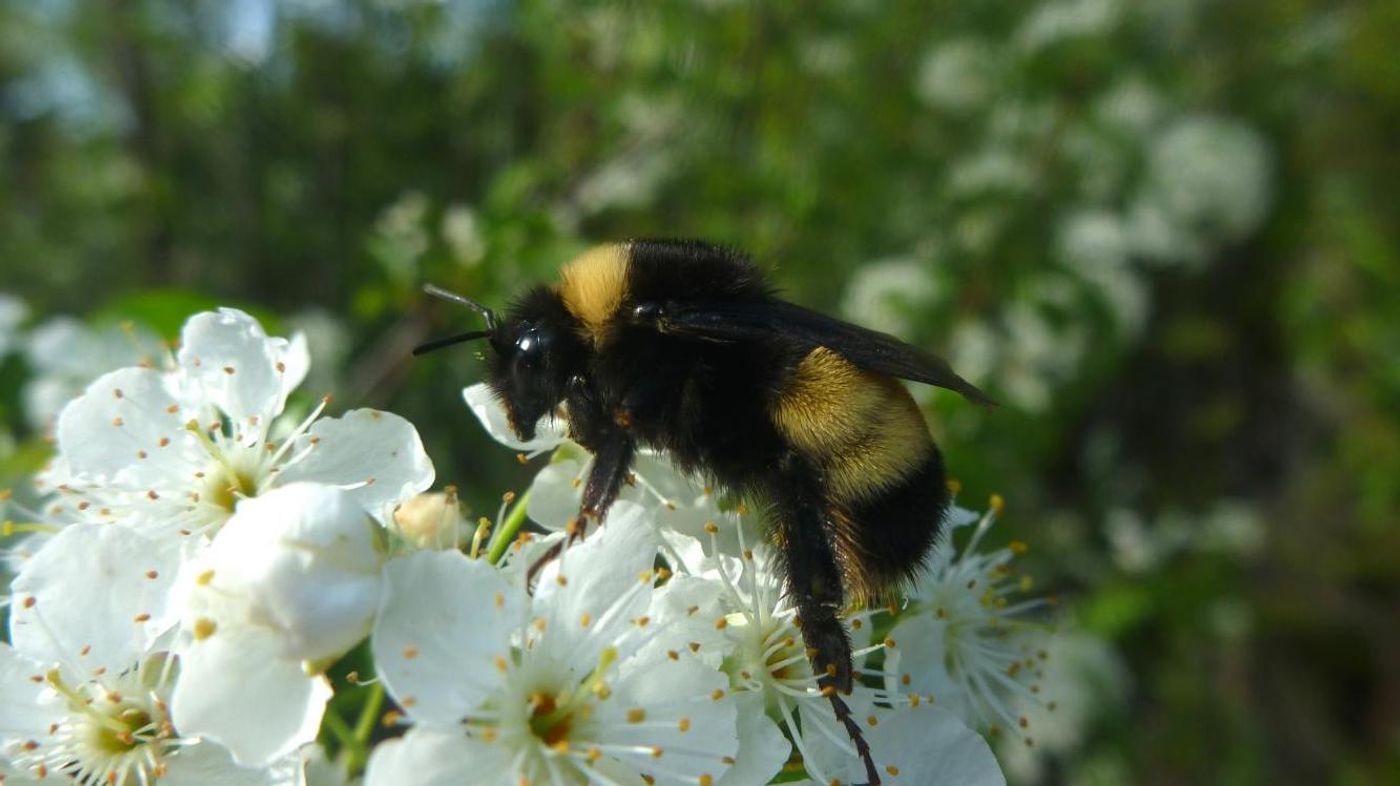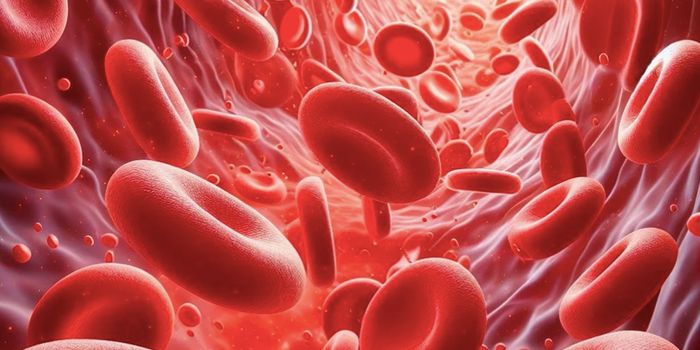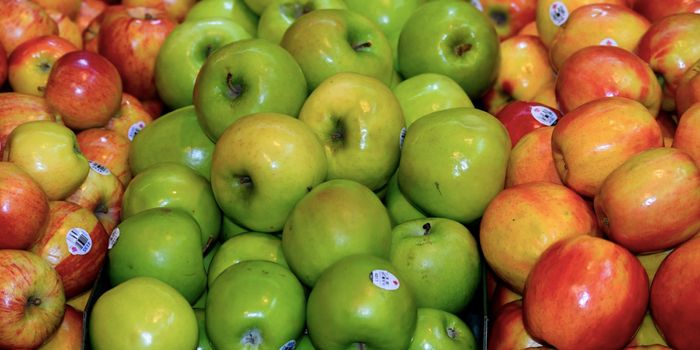Bumblebees Under Threat From Inbreeding and Disease
Bumblebees in North America are in decline, and scientists have even placed one species on the endangered list. Habitat loss and pressures from agriculture have been identified as two causes, and new research indicates that disease and inbreeding are contributing to the decline as well. Scientists at York University used genomic sequencing for this work, which has been reported in Frontiers in Genetics.
"The yellow-banded bumblebee has been declining throughout much of its range in North America, but we don't know why," said York U Associate Professor Amro Zayed, Research Chair in Genomics in the Faculty of Science. "We sequenced their genome so we can search for any clues of why the bumblebee is declining."
The investigators found that bumblebee genes that encode for their immune system are under pressure, which is causing problems in the population. The Bombus terricola, or yellow-banded bumblebee, has been called vulnerable to extinction and is part of a subgenus that is nearly lost in Canada.
"This particular bumblebee is down to about ten percent of its former numbers. It used to be one of our most common bumblebees in Southern Ontario. When we created the genome, we looked for signs of inbreeding and unfortunately that's what we found. Bumblebees in Southern Ontario and mid-northern Quebec are becoming more inbred," noted research leader York U biology researcher Clement Kent.
"As bees become more inbred, they encounter difficulties maintaining their populations, but as their populations [get] smaller, they have difficulties avoiding inbreeding. So that is one risk factor that could accelerate their decline. And finding as much inbreeding as we did, is a sure sign that this population is declining rapidly."
Male bees can become infertile when the population inbreeds. When those infertile bees mate with a queen, they don't produce offspring. They may also make sterile males instead of the worker bees they should produce. "That means she may only have half as many workers to build the colony then needed," explained Kent.
Disease is another factor. "If it is disease knocking down these bees, we should see signs of strong selection on genes that are involved with the immune system of bees, and that in fact is what we found," revealed Kent.
About 25 percent of the 46 North American bumblebee species is under threat of extinction. As pollinators, bees have an impact on humans and we should work to protect them if we expect food production to continue normally.
"What this research does is give us a tool that can show us that pathogen spillover or disease outbreak could explain why these populations declined in Southern Ontario and Quebec. It's useful because the rusty-patched bumblebee is thought to have declined by a disease outbreak, but I've only found two in Canada since 2005. Something like this gives us another way of testing why these bees are declining when it's really hard to locate them, let alone sample them in the wild," said York U Assistant Professor Shiela Colla of the Faculty of Environmental Studies (FES)
"It's like detective work to find out why native bumblebees are declining. For this research to find things at the genetic level that we've been looking at at the landscape level, is surprising, and adds support as another line of evidence."
It's been suggested that disease is spreading from managed bumblebees used to grow vegetables like greenhouse tomatoes and sweet peppers; they carry illness at a higher rate than wild bees. Managed bees often get nectar outside of the greenhouse, and probably disseminate their diseases that way.
Sources: AAAS/Eurekalert! Via York University, Frontiers in Genetics









